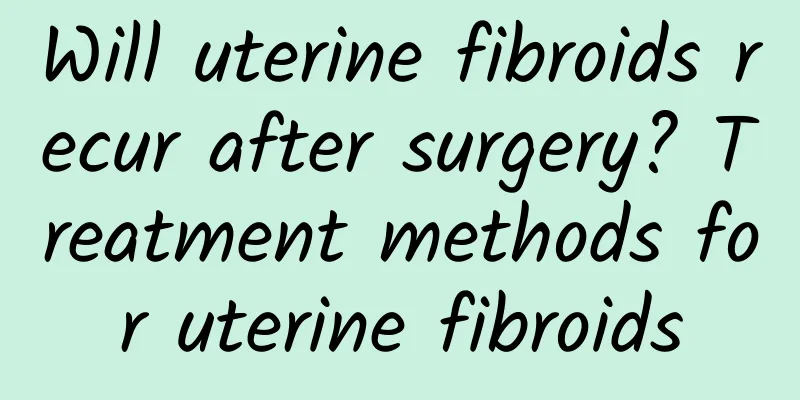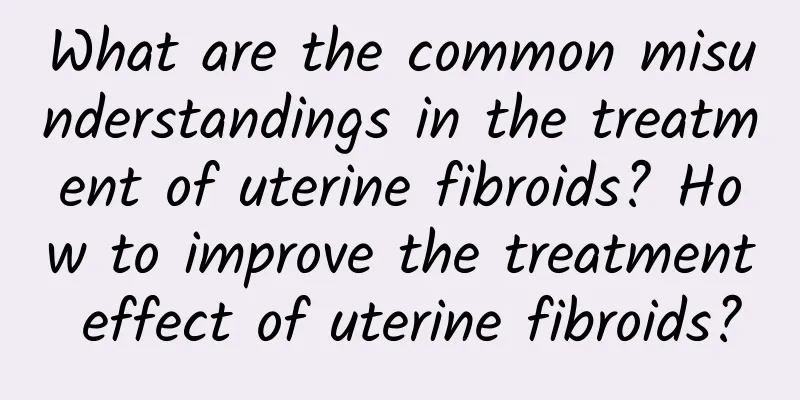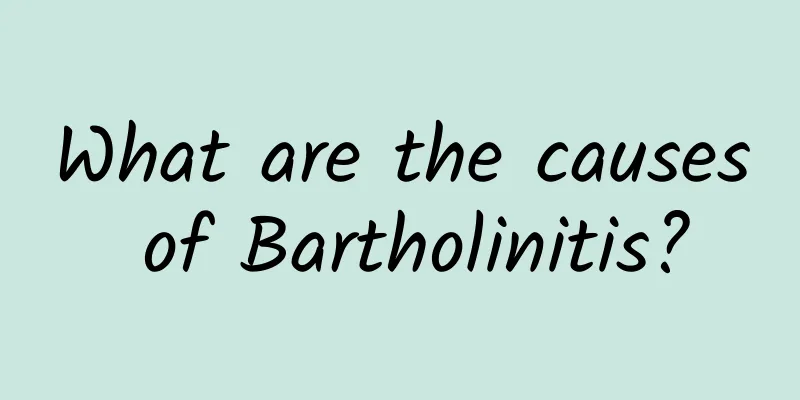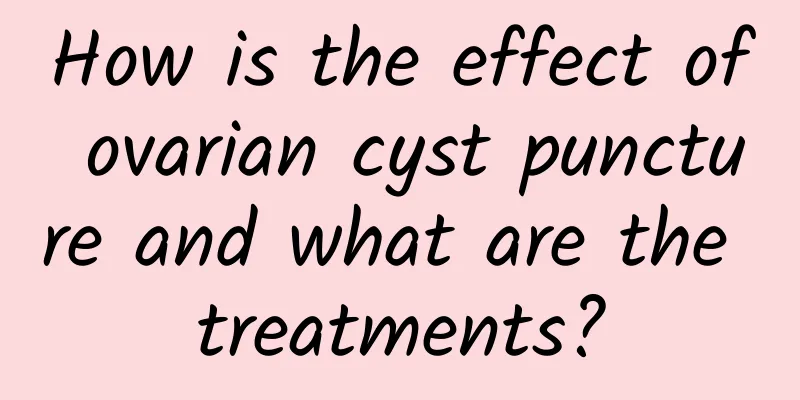Is painless abortion harmful to the body?

|
Painless abortion may cause some harm to the body, but with the development of medical technology, the risk is low if it is performed in a regular medical institution. Common harms include damage to the uterus and reproductive system, endocrine disorders, and psychological effects. In order to reduce the harm, you should choose a regular hospital for the operation, and pay attention to recuperation and reexamination after the operation. 1. Potential damage to the uterus and reproductive system The painless abortion process may cause scratches on the endometrium and may even cause uterine perforation. Multiple abortions may also cause the uterine wall to thin, increasing the risk of habitual miscarriage and ectopic pregnancy. If the disinfection or care after the operation is not strict, it may cause infectious diseases such as pelvic inflammatory disease and cervical adhesions. Solution: -Accurately select the hospital: Choose a regular hospital with complete qualifications and rich experience to ensure the safety of the operation. -Avoid infection after surgery: Take antibiotics as directed by your doctor, keep the surgical site clean, and strictly prohibit sexual intercourse within one month after surgery. 2. Endocrine disorders and irregular menstruation Painless abortion may cause short-term endocrine imbalance and induce symptoms of irregular menstruation, such as early or late menstruation or abnormal menstrual blood. This is because the sudden interruption of pregnancy causes changes in estrogen and progesterone levels in the body, which cannot return to normal levels in time. Mitigation methods: -Reasonable diet: Supplement high-quality protein and foods rich in vitamins, such as fish, lean meat, eggs, fruits, etc., to help regulate endocrine. -Adjust your work and rest schedule: Maintain a regular schedule, avoid staying up late, and help the body's endocrine system return to normal. 3. Psychological trauma and stress Some women may experience anxiety, guilt, sadness and other emotions after abortion, and in severe cases may even develop post-traumatic stress disorder (PTSD). Psychological factors may exist for a long time and directly affect the quality of normal life and work. Adjustment method: -Seek psychological help: communicate with a psychologist in a timely manner, or share your emotions with trusted family and friends. -Self-psychological care: Do more relaxation exercises and soothing exercises such as yoga to improve self-acceptance. 4. How to reduce the harm of painless abortion To reduce the negative impact of painless abortion on the body, the most important thing is to be careful with contraception. Choosing safe and reliable contraceptive measures, such as condoms, short-acting oral contraceptives or intrauterine devices, can effectively reduce the chance of unwanted pregnancy. If you have to have a painless abortion, you should first undergo a detailed preoperative examination (such as B-ultrasound, blood routine), have regular postoperative checkups, and increase nutrition and pay attention to rest. Although painless abortion technology is mature, it still has certain effects on the body. It is recommended that female friends avoid repeated abortions and take contraceptive measures in advance. If surgery is required, be sure to choose a regular medical institution and pay attention to postoperative care and psychological adjustment to ensure your physical and mental health. |
<<: Will the embryo be expelled by itself in conservative treatment of ectopic pregnancy?
>>: Symptoms of left ovarian cyst
Recommend
How to use medicine for vaginitis?
How to use medicine for vaginitis? Vaginitis is u...
What causes leucorrhea odor in pregnant women?
The odor of vaginal discharge in pregnant women i...
Many ways to care for vulvar leukoplakia
Among gynecological diseases, vulvar leukoplakia ...
The harm of cervical precancerous lesions cannot be ignored
What are the hazards of cervical precancerous les...
What should you pay attention to when checking for pelvic inflammatory disease?
Pelvic inflammatory disease is a common gynecolog...
What are the causes of irregular menstruation? 5 causes of irregular menstruation
What is the reason for irregular menstruation in ...
Menstruation came half a month
Menstruation came half a month Half-month menstru...
Treatment of mild cervical erosion
Treatment of mild cervical erosion Mild cervical ...
Doctors do not recommend having an IUD inserted directly after an abortion. 3 things to note when having an IUD inserted directly after an abortion
Generally, you cannot insert an IUD directly afte...
Infant vaginitis threatens infants and young children
What are the causes and symptoms of infant vagini...
The most important prevention measures for vaginitis
Inflammation of the vagina is called vaginitis. I...
Will things return to normal after menopause? Menopause is a normal part of life
Menopause is the transitional stage from maturity...
How to preserve frozen and refrigerated New Year’s dishes? Let the leftovers cool and then refrigerate? Nutritionists teach you how to prevent bacteria from growing
The Spring Festival is approaching, and every hou...
How long does it take for threatened miscarriage to occur?
Threatened miscarriage may occur most often betwe...
How to take abortion pills?
When taking abortion pills, you must fast for two...









